FAQs:
How do I troubleshoot problems with my NETGEAR PoE switch?
This article assists in troubleshooting common Power over Ethernet (PoE) problems with NETGEAR PoE
switches.
Power over Ethernet (PoE) is a networking feature defined by the IEEE 802.3af and IEEE 802.3at
standards. PoE lets Ethernet cables supply power to network devices over the existing data connection.
PoE-capable devices can be power-sourcing equipment (PSE), powered devices (PDs), or sometimes
both. The device that transmits power is a PSE, while the device that is powered is a PD. Here, the PSE is
a PoE switch. The PDs may be devices such as VoIP phones, wireless access points, and IP cameras.
For further information on PoE, refer to https://kb.netgear.com/209/What-is-PoE-Power-over-Ethernet
Follow the guidelines in this article to help resolve problems such as:
PD is not powering on.
PD is powering off intermittently.
Certain PDs are powering on while other PDs on the same PoE switch remain powered off.
PoE Standards
As mentioned above, PoE is defined by IEEE 802.3af (known as PoE) and 802.3at (known as PoE+)
standards. If your PoE switch supports IEEE 802.3at, it can supply power to both 802.3at and 802.3af
PDs. However, if your switch supports 802.3af only, it can only supply power to 802.3af (PoE) PDs.
PoE Budget
Your PoE switch has a PoE budget, that is, the total amount of power measured in watts that it can
supply to PDs at one time. Refer to the datasheet of your switch to verify its PoE budget. You should
ensure that the amount of power being drawn by your connected PDs does not exceed the PoE budget
of your switch. When calculating the amount of power being drawn by your PDs, you need to check the
PoE class to which the PD belongs. The PoE class of a PD determines the amount of power it will require,
as seen in the below table:
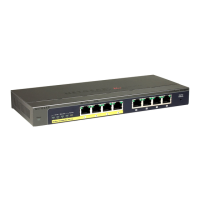


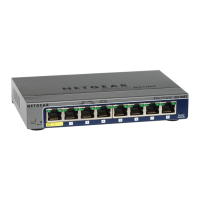
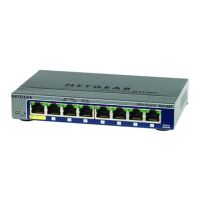

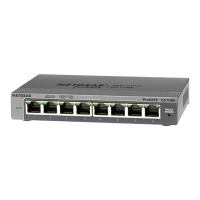
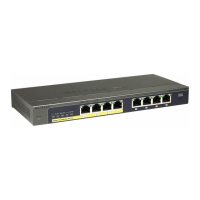
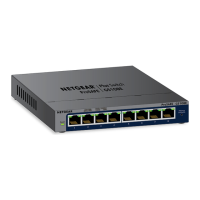
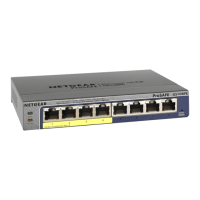
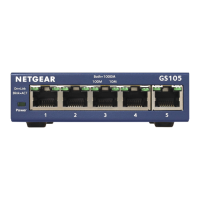
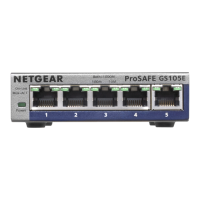
